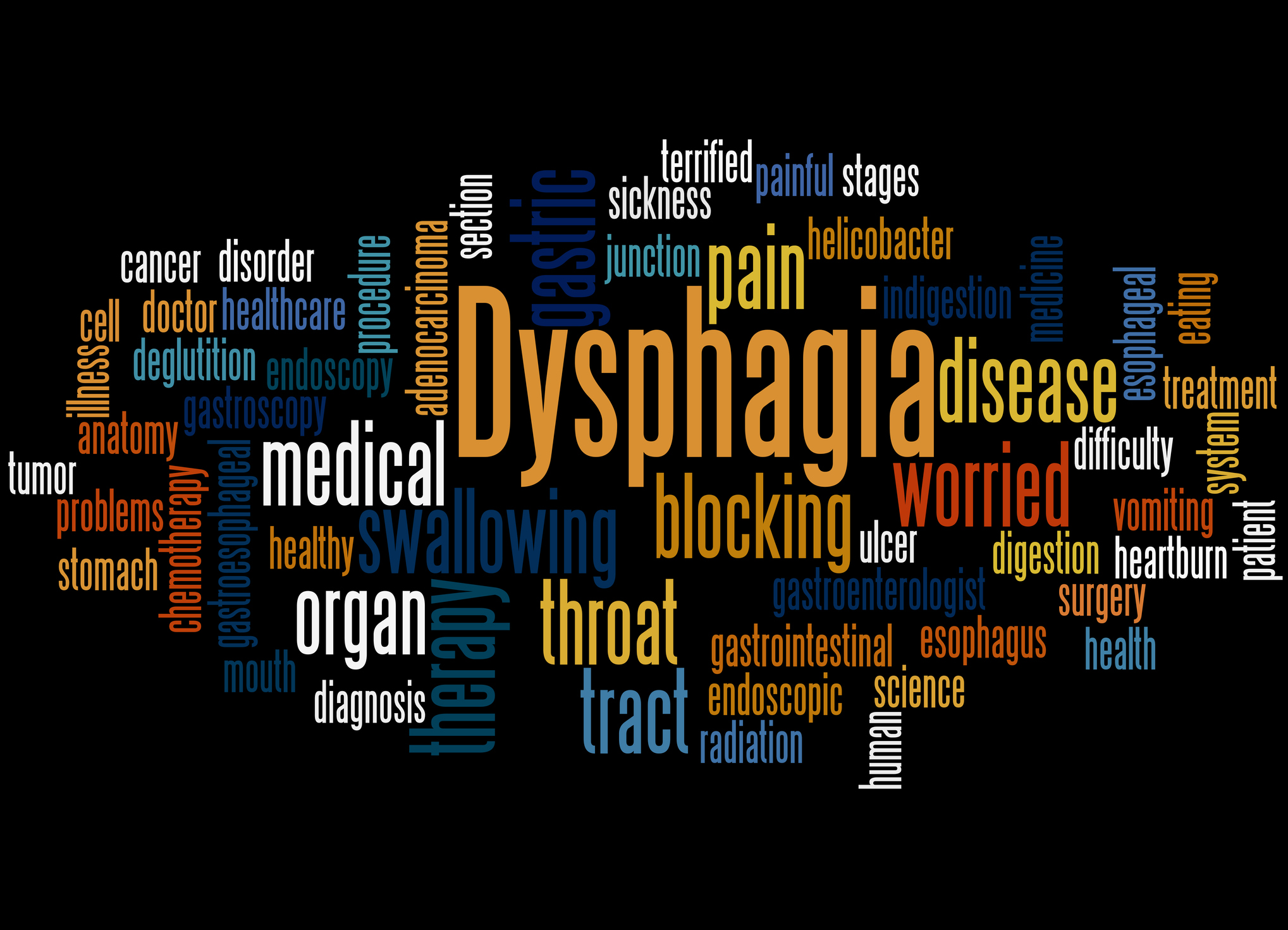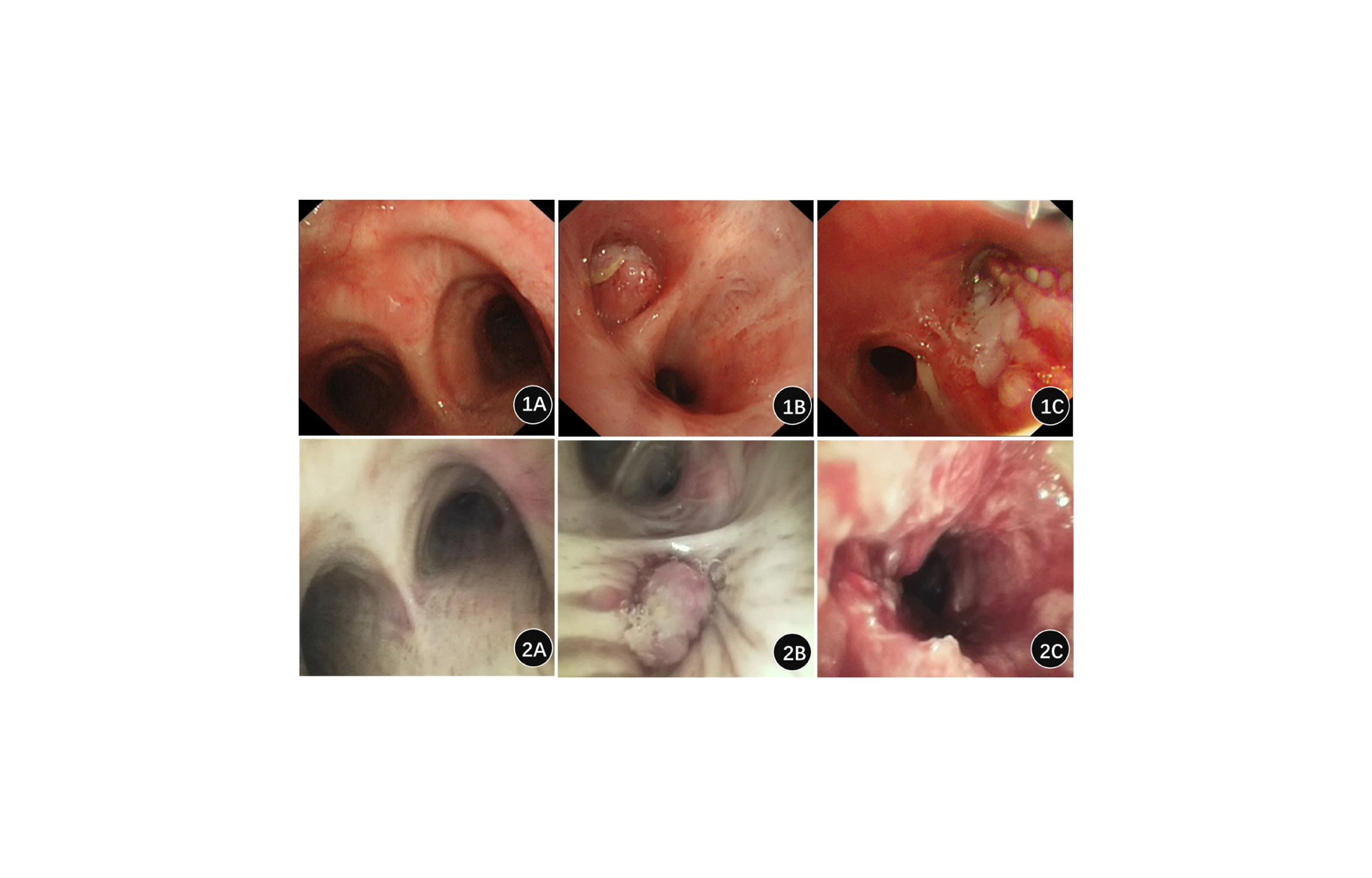
The National Foundation of Swallowing Disorders (NFOSD) has shared a photo fact for every day during the month of June to help people understand what dysphagia, or difficulty swallowing, is all about.
The images and their captions are part of the educational initiative for National Dysphagia Awareness Month, which has been celebrated each June since 2008, when Congress passed a bipartisan statute establishing the designation.
Like breathing, swallowing is a vital aspect of daily life, which is why some organizations describe a dysphagia diagnosis as “hard to swallow.” The hope is that awareness of the problem will inspire research and help connect people suffering from dysphagia to speech-language pathologists and others who can help.
Using the tagline, “Fighting Dysphagia One Swallow at a Time,” a recent NFOSD information campaign paints a picture of the populations typically impacted by dysphagia — and the toll the affliction takes on their lives.
Among those affected:
Dysphagia is associated with a wide variety of conditions including stroke, head and neck cancers, and neurologic conditions such as ALS, dementia, Parkinson’s disease, muscular dystrophy, and motor neurone disease.
It occurs when there is a problem with the neural control or the structures involved in any part of the swallowing process. Complications can include choking, aspiration pneumonia, malnutrition, and dehydration. Because taking part in social gatherings that involve food is a problem for people suffering from dysphagia, feelings of isolation and depression frequently are reported.
Swallowing is a basic function that happens easily and often for most people, and therefore frequently is overlooked or dismissed. In reality, swallowing is a complex process that involves 50 pairs of muscles and nerves that help receive food into the mouth, prepare it, and move it from the mouth to the stomach, according to the National Institutes of Health (NIH).
People swallow an average of 700 times a day — about three times an hour when asleep, once per minute while awake, and even more during meals, according to data from Speech Pathology Australia.
The Swallowing Cross-Systems Collaborative at Northwestern University, describes a community of researchers, businesses and individuals who are working to make swallowing easier for patients.
Work being done includes:
Ambu recently announced that its single-use flexible rhinolaryngoscope was available for use in FEES procedures. More than 1 million FEES procedures — which assess swallow physiology and function for people experiencing swallowing difficulties — are performed annually in North America, Europe, and Asia-Pacific.
Ambu’s aScope 4 RhinoLaryngo Slim and aView 2 Advance HD monitor improve workflow for clinicians performing bedside FEES procedures in intensive care units, hospital wards, and acute care facilities.


